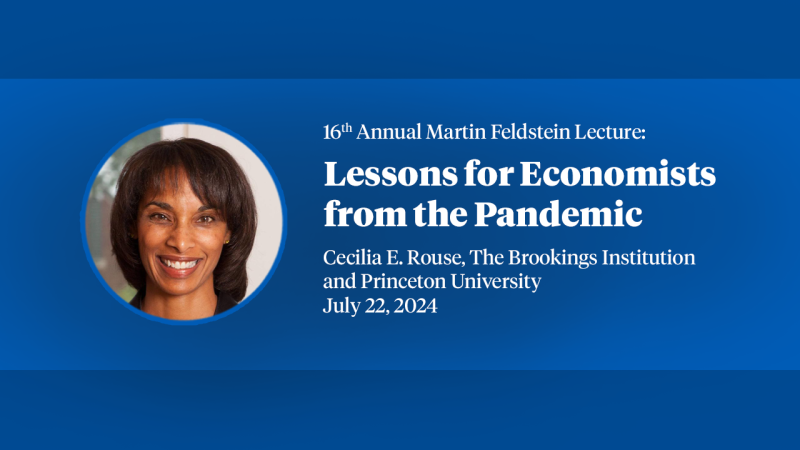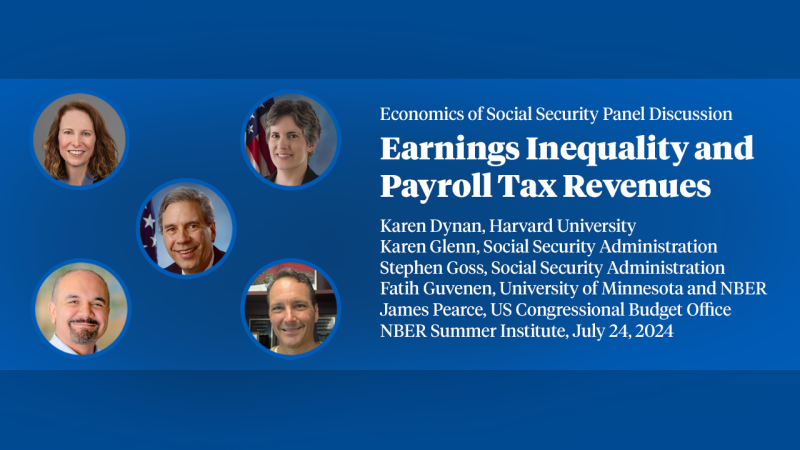Trends in Time Use in Twentieth Century America
In his 1930 essay "Economic Possibilities for Our Grandchildren," John Maynard Keynes looked beyond the pessimism surrounding the Great Depression and predicted that rapid productivity growth would result in abundant leisure and freedom from most economic needs within a hundred years. 1 He speculated that the little work left to do would be shared as widely as possible, so that each person could spend about fifteen hours per week doing a few meaningful tasks.
Keynes was not alone in his belief that a new era of rising leisure was beginning. As of the 1930s, the standard factory workweek had declined significantly over the previous hundred years, appliances were reducing the drudgery of housework, and the high unemployment rates of the Great Depression had led to "forced leisure." Numerous scholarly articles during the 1930s examined various aspects of leisure, from teaching children how to use leisure time wisely to a variety of time diary studies that recorded how individuals used their leisure.
The extent to which societies respond to productivity growth by increasing their leisure time is fundamental to numerous economic questions. For example, the size of the response affects the foundations of growth models, assessments of standards of living, and forecasts of long-term labor supply behavior.
U.S. labor productivity rose eight-fold during the twentieth century. Did leisure time rise significantly in response? To answer this question, I gather detailed data on the main uses of time by major segments of the population during the twentieth century. Although there have been numerous studies of time use and hours of work conducted during the early twentieth century, most of them were focused on a particular segment of the population. Thus, the main challenge of my research was to understand the particular context of each of the earlier studies and then to combine the pieces into a mosaic that would reveal patterns in time use for the general population.
In "Time Spent in Home Production in the Twentieth Century United States: New Estimates from Old Data," I compile information from virtually every time-use study conducted from 1912 to the present in order to estimate trends in time spent on "home production" -- that is, unpaid household tasks, such as cooking, cleaning, laundry, and taking care of children. 2 Almost all of the studies use detailed time diaries. While most sample only a few hundred people, together they cover thousands of individuals across the United States. The most detailed data are for farmwives and housewives, but some of the studies also surveyed employed women, men, and children. Others compared time use across racial groups. Although the individual-level data no longer exist, some of the early studies reported very detailed tabulations by characteristics, which I was able to use in cell-based regressions. I then used these estimates to make the averages more nationally representative and linked them to the available micro data from 1965 on.
I find that time spent in home production by housewives fell by only a few hours between 1900 and 1965, confirming earlier results by sociologists. 3 For all prime-age women, time spent in home production fell by only six hours per week from 1900 to 1965, but by an additional twelve hours between 1965 and 2005, with most of that decrease occurring between 1965 and 1975. These results are surprising because the main diffusion of appliances occurred before 1965, not after. Moreover, much of the decrease in time spent by women from 1900 to 2005 was countered by an increase in time spent by men.
Including all age groups, I find that average time spent in home production actually rose slightly over the century. The absence of a decline in the population overall was in part due to the decrease in the share of children (who do little home production), the increase in the share of the retired elderly (who do more home production than the employed), and the loss of economies of scale as households got smaller.
Interestingly, time spent in home production by prime-age individuals did not decrease after the mid-1970s, although the composition of tasks changed significantly. In particular, as Mark Aguiar and Erik Hurst demonstrate, time spent on such activities as cooking and laundry decreased steadily, while time spent on childcare increased. 4 Garey Ramey and I document and assess possible explanations for the dramatic rise in childcare time in the United States beginning in the 1990s. 5 We find that the largest increases in childcare time were among college-educated parents, although less educated parents also showed an increase. We test numerous possible explanations, such as safety concerns, income effects, and sample selection, but find that all are inconsistent with the data. We then offer a new theory linking at least part of the increase in childcare time to "cohort crowding" and the increase in competition to get into college. We argue that a significant portion of the increase in childcare time is parents trying to improve their children's chances of getting into a "good" college by tutoring them and building up their after-school resumes. As one test of the theory, we turn to Canada, where there is no steep hierarchy of universities and where college admissions are less competitive. Using individual-level data from Canadian time- use studies, we show that time spent on childcare did not increase among college-educated parents in Canada over the past twenty years.
Neville Francis and I estimate time spent in a variety of activities in order to produce estimates of work and leisure by age and gender since 1900. 6 Specifically, we study home production, market work, formal schooling, commuting time, personal care time, and leisure time.
Our home production estimates are based on the time diary estimates from my earlier paper, augmented to correspond to the age groups in this paper. We find decreases in time spent in home production for those under the age of 25, little change for those ages 25 to 64, and some increase for those ages 65 and over.
We had to use alternative data sources for "hours of market work" because there was not sufficient information from the time diary studies on hours of market work for various segments of the population. To measure aggregate time spent in market work from 1900 to 1958, we use the data compiled by Kendrick, which covers all sectors and adjusts for actual hours of work (rather than scheduled hours of work), and incorporates detailed estimates of the work of unpaid family members on farms. 7 We then use decennial census data on employment and school enrollment by age and gender to allocate the aggregate hours to each demographic group. For the later period, we use Current Population Survey data.
Our results paint a very different picture of trends in hours of market work from the ones typically discussed. For example, it is well documented that the normal workweek in manufacturing fell from about 60 hours per week in 1900 to about 40 hours in 2005. When we look at average weekly hours per capita for all prime age males, we estimate that they fell from 50 hours per week in 1900 to 41 hours in 1940 and 37 hours in 2005. Most previous references to dramatic decreases in the workweek either referred to the era before 1900 or focused on manufacturing. But in 1900, manufacturing accounted for only 20 percent of all workers -- agriculture and the government sector had lower average workweeks, in part because of seasonality, and accounted for 40 percent of all employment. Thus, the average hours per capita for prime age males fell less than the standard workweek in manufacturing did.
For all individuals between the ages of 25 and 54, hours spent in market work changed by only a few hours between 1900 and 2005. This average masks the significant trends within gender, though: women in this age group increased their market hours by 18 hours per week whereas men decreased their market hours. Combined with the earlier estimates on home production, these time-use estimates indicate a decline in specialization by gender over time: in 1900, most men specialized in market work and most women specialized in home production; by 2005, there was significant convergence in tasks across genders.
The groups with the greatest declines in market work over the twentieth century were those under age 25 and those over age 65. To understand how the time was reallocated for the young, it is important to estimate time spent in formal schooling. We estimate time spent in school using information on enrollment, the average days attended per enrollee, and hours spent in class and on homework per day attended. The latter estimates come from numerous time-use studies of school children beginning in the 1930s. Using these estimates, we determine that the 18-hour decline in market work among children ages 14 to 17 was channeled directly into time spent in formal education. The story was qualitatively similar for those ages 18 to 24.
After subtracting the various activities from the total amount of time available, we can study the residual, which we call "leisure." We find that average weekly leisure time for those ages 25 to 54 was about the same in 2005 as it was in 1900. All other age groups enjoyed rises in leisure during the twentieth century, about five hours per week for those between the ages of 14 and 25 and fourteen hours per week for those over age 65.
We also estimate lifetime leisure for various cohorts. The fraction of one's lifetime spent in leisure rose only modestly, from 24 percent for those born in 1890 to 25 percent for those born in 1950. Cumulative lifetime leisure rose by almost 50 percent, though, because of the increase in life expectancy. Mechanically, the extra years of life add to the lifetime endowment of time, so almost all uses of time rise significantly when viewed cumulatively over a lifetime.
On balance, my research indicates that the response of leisure time to productivity growth in the twentieth century United States was very weak. In a standard model, matching the mild increase in leisure time to the eight-fold increase in productivity requires that income and substitution effects approximately cancel each other out. However, standard models do not capture other possible trends that may have been occurring. For example, society may have used its increasing wealth to make work more pleasant, so that the demand for leisure did not rise as much as would be predicted by a simple model. Moreover, the invention of new products, and in particular medical technology that could extend life expectancies, may have increased the weight that individuals place on market goods and services.
1. J.M. Keynes, "Economic Possibilities for our Grandchildren," in Essays in Persuasion, London: The MacMillan Press Ltd., 1931, p. 358-74.
2. V. A. Ramey, "Time Spent in Home Production in the 20th Century United States: New Estimates from Old Data," NBER Working Paper No. 13985, May 2008, and Journal of Economic History, Cambridge University Press, vol. 69 (March 2009), pp. 1-47.
3. J. Vanek, Keeping Busy: Time Spent in Housework, United States, 1920-1970, PhD. Dissertation, University of Michigan, 1973.
4. M. Aguiar and E. Hurst, "Measuring Trends in Leisure: The Allocation of Time Over Five Decades," NBER Working Paper No. 12082, March 2006, and Quarterly Journal of Economics 122, 3 (August 2007): pp. 969-1006.
5. "The Rug Rat Race," with G. Ramey, NBER Working Paper No. 15284, August 2009, and Brookings Papers on Economic Activity, forthcoming.
6. "A Century of Work and Leisure," with N. Francis, NBER Working Paper No. 12264, May 2006, and American Economic Journal: Macroeconomics, American Economic Association, vol. 1(July 2009), pp. 189-224.
7. J. W. Kendrick, Productivity Trends in the United States, Princeton: NBER and Princeton University Press, 1961.


